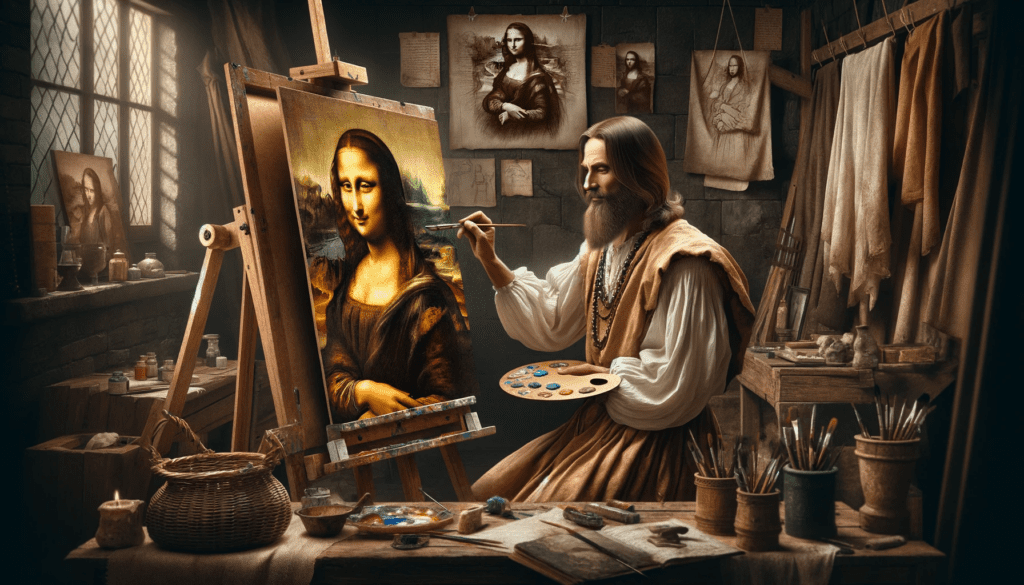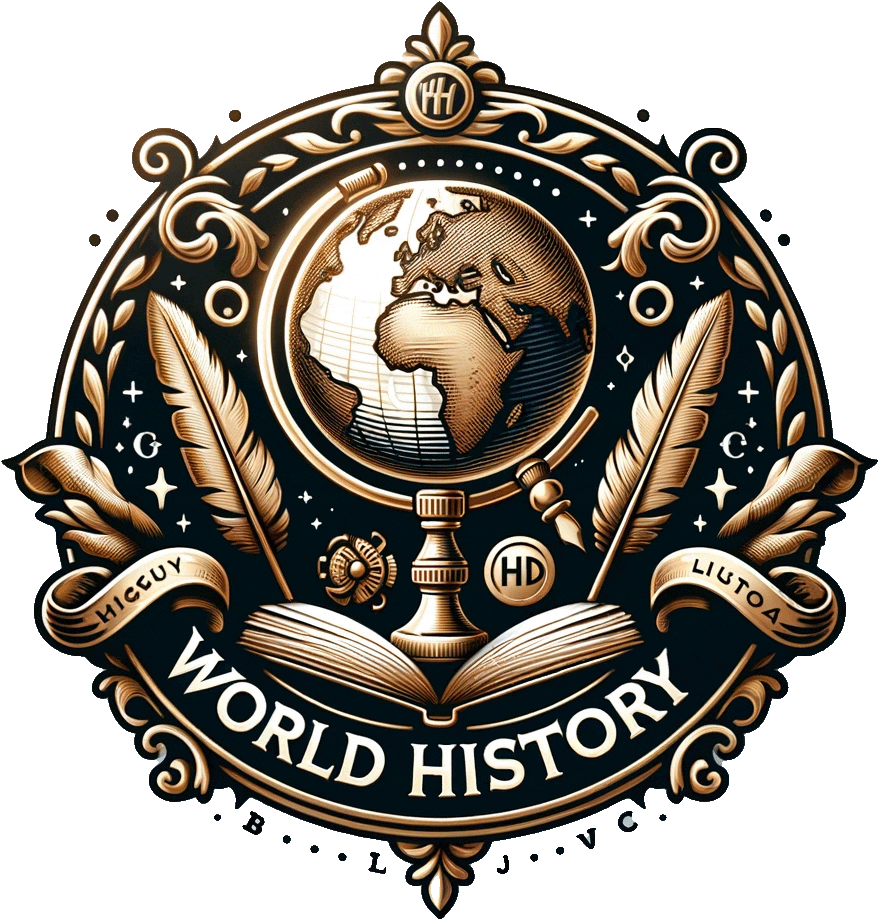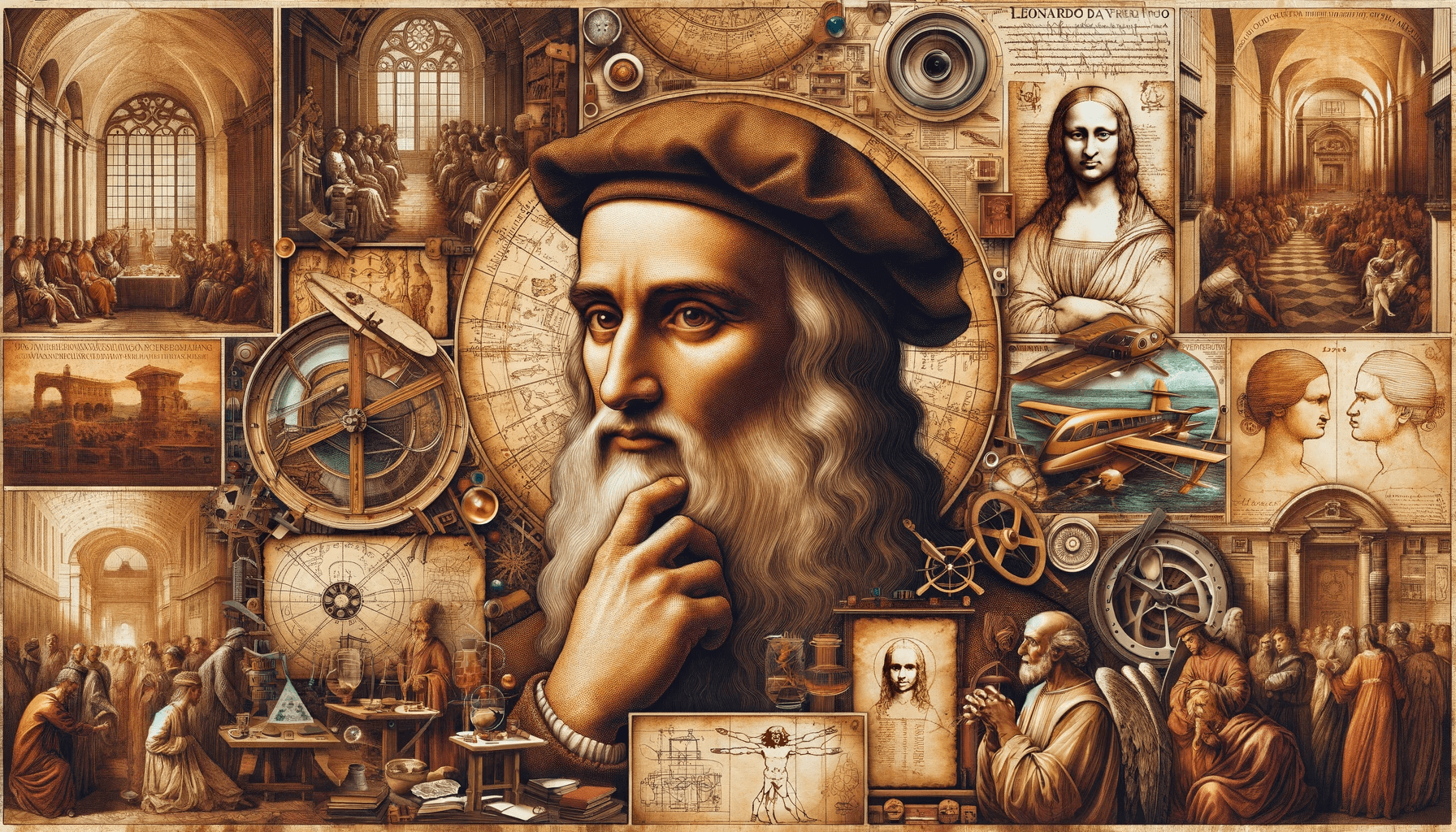Leonardo da Vinci
Leonardo da Vinci, born April 15, 1452 in Vinci, Italy, is one of the most admired figures of the Renaissance. His influence spans a broad spectrum of disciplines, including art, science, engineering, anatomy and literature. This article sheds light on the multifaceted genius of this historical figure.
The Early Years of a Genius
Born the illegitimate child of a notary and a peasant girl, Leonardo grew up in the hills of Vinci. At an early age he showed extraordinary drawing skills, which led to an apprentice position in the artist Verrocchio’s studio in Florence. This period was crucial to the development of his artistic skills.
Leonardo da Vinci Artist and Inventor
Leonardo’s artistic talents were multifaceted – he was a painter, sculptor, architect and musician. His most famous works are “The Last Supper” and “Mona Lisa,” known for their emotional intensity and use of sfumato. In addition to art, Leonardo was an avid inventor and designer. His sketchbooks are full of drawings of inventions such as flying machines, anemometers, and bridges.
Scientific Studies and Anatomical Sketches.
Leonardo was also a pioneer in the study of the human body. His detailed anatomical drawings, based on the dissection of human and animal bodies, were ahead of his time. These studies reveal a deep fascination with the workings of the human body and laid the foundation for future discoveries in human anatomy.
Leonardo’s Philosophical and Cultural Impact.
Leonardo da Vinci was not only a master of the arts and sciences, but also a profound thinker. His philosophical musings on the nature of life, art and science have had a lasting influence on Western culture. His approach to interdisciplinary study and his endless curiosity are inspiring to this day.
Last Years and Legacy
Leonardo spent his last years in France, where he died in 1519. His legacy is unparalleled; he is celebrated as a symbol of the Renaissance, a period of great cultural and intellectual flourishing. Leonardo da Vinci remains a universal icon of genius and creativity, whose works and ideas have stood the test of time.
By studying the life and work of Leonardo da Vinci, we can not only gain insight into history, but also find inspiration in our own creative and intellectual endeavors. His life reminds us that boundless curiosity and dedication to lifelong learning are the keys to achieving true mastery in any field.



Leave a Reply